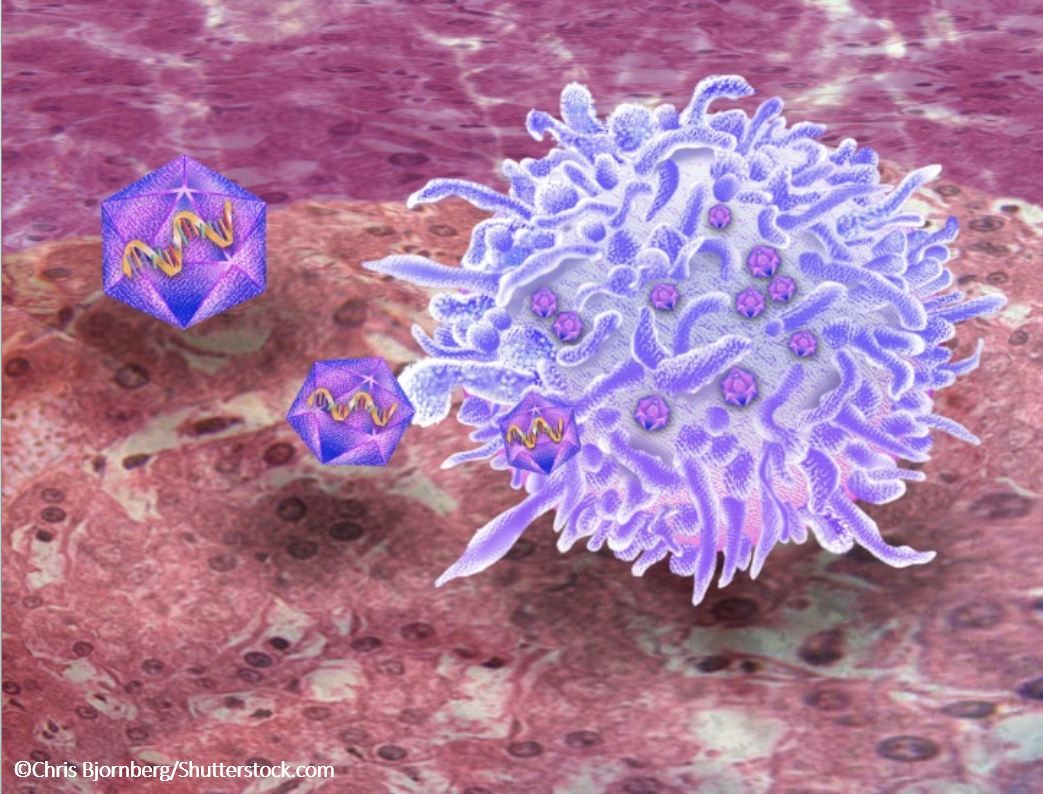- Clinical Technology
- Adult Immunization
- Hepatology
- Pediatric Immunization
- Screening
- Psychiatry
- Allergy
- Women's Health
- Cardiology
- Pediatrics
- Dermatology
- Endocrinology
- Pain Management
- Gastroenterology
- Infectious Disease
- Obesity Medicine
- Rheumatology
- Nephrology
- Neurology
- Pulmonology
People Living with HIV Use Fewer Essential Clinical Services and Less Frequently During Pandemic
Viral-load monitoring rates decreased and clinic visits declined overall despite an increase in use of telehealth.

Important declines in the rates of viral-load monitoring and in-person follow-up visits among virally suppressed people living with HIV (PLWH) were identified in a study that compared use of clinical services by this population before and during the COVID-19 pandemic.
As has been documented for other chronic conditions, researchers also found that the increase in use of telehealth for follow-up visits did not offset the decrease in in-person clinic visits.
The findings were presented during IDWeek, being held virtually, September 29 to October 3, 2021.
Investigators led Gerald Pierone, MD, from Whole Family Health Center, Vero Beach, FL, accessed data from participants in the ongoing OPERA study who were ≥18 years of age, on antiretroviral therapy (ART), and active in care in the OPERA cohort within 2 years prior to October 30, 2020.
The researchers included OPERA participants who were virally suppressed (viral load <200 copies/mL) and had switched treatment from any ART regimen to dolutegravir/lamivudine (DTG/3TC), or to a DTG- or bictegravir-based 3-drug regimen between May 1, 2019 and April 30, 2020.
They identified 4806 eligible PLWH in the pre-COVID-19 study period (May 1, 2019 to Feb 28, 2020) and 4992 PLWH in the COVID-19 period (March 1, 2020 to October 31, 2020).
Pierone et al estimated and compared incidence rates for clinical visits (HIV-related or otherwise), viral load measurements, and regimen discontinuation (change in any component of the ART regimen) for participants during the pre-COVID period and during COVID. In-person visits were any scheduled or walk-in outpatient, emergency, or laboratory visit. Telehealth visits comprised any telephone or video encounters.
In-person visits
Investigators found that rates of in-person visits were reduced nearly 2-fold during COVID and that telehealth visits increased almost 9-fold. The resulting overall reduction in any visit rates fell from 10.07 visits per person-year (95% confidence interval [CI], 9.93-10.21) pre-COVID to 7.10 (95% CI, 7.01-7.19) during COVID.
Viral load measurements
There was also a drop in rates of viral load measurements, from 2.99 viral loads per person-year (95% CI, 2.92-3.07) pre-COVID to 1.97 (95% CI, 1.92-2.02) during COVID.
ART-regimen discontinuation
Interestingly, the rates of regimen discontinuation fell between the 2 periods, from 14.3 discontinuations per 100 person-years pre-COVID (95% CI, 12.7-16.1) to 9.6 (95% CI, 8.6-10.8) during COVID. The authors suggest this outcome may be associated with the decline in follow-up visits during the pandemic period.
Virologic failures
Analysis showed that virologic failures were similar during both study periods—detected in
<1% of PLWH with ≥1 viral load. The investigators note, however, that additional failures may have gone undetected as a result of the fall-off in viral load testing.
The authors emphasize that the COVID pandemic has led to worrisome reduction in the frequency and in the type of clinical follow-up visits and viral load monitoring pursued by virally suppressed PLWH in the US. "The long-term impact of the pandemic on HIV care remains uncertain," they conclude.
Source: Pierone G, Fusco JS, Brunet L. The impact of the COVID-19 pandemic on clinical follow-up, monitoring, and regimen discontinuation for people living with HIV in the US. Abstract #866 presented at IDWeek 2021 Virtual Conference; held online September 29 - October 3, 2021.
